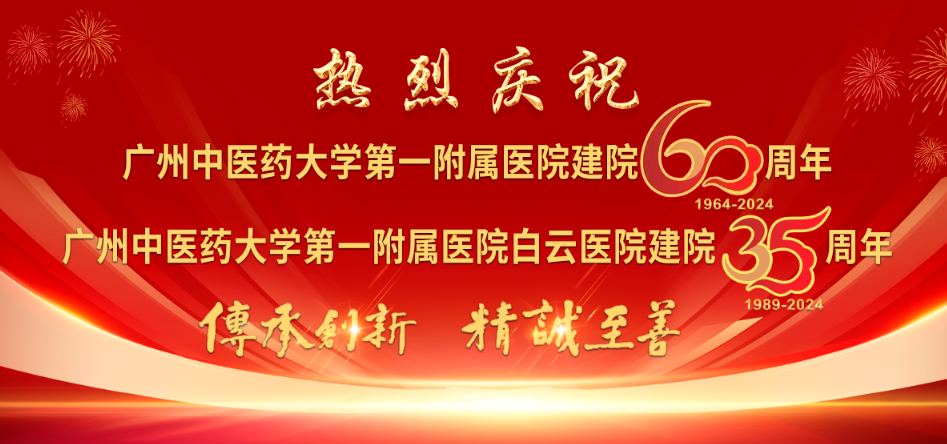
Huang Lian (Coptis Chinensis)
Huang Lian is the dried rhizome of the plants Coptis chinensis, Coptis teeta, or Coptis deltoidea, which belong to the Ranunculaceae family. These three types are commonly referred to as “Wei Lian,” “Ya Lian,” and “Yun Lian.” The rhizomes are harvested in autumn, with the fibrous roots and soil removed, then dried and cut into irregular thin slices. The outer skin is grayish-yellow or yellow-brown, rough, with fine fibrous roots. The cut surface or broken surface is bright yellow or reddish-yellow, with radial striations, a faint aroma, and an extremely bitter taste.
Medicinal Properties of Huang Lian
Huang Lian is bitter and cold in nature. It enters the Heart, Spleen, Stomach, Liver, Gallbladder, and Large Intestine meridians. It has the effects of clearing heat and drying dampness, purging fire, and detoxifying. Clinically, it is often used to treat damp-heat stagnation, vomiting with sour regurgitation, dysentery, jaundice, high fever with delirium, excessive heart fire, irritability and insomnia, palpitations, blood heat with vomiting or nosebleeds, red eyes, toothache, diabetes, and carbuncles; externally, it is used for eczema, damp sores, and purulent ear discharge. Wine-prepared Huang Lian is effective in clearing heat from the upper jiao. It is used for red eyes and oral ulcers. Ginger-prepared Huang Lian clears the stomach and stops vomiting, used for cold-heat counterflow, damp-heat obstruction, and fullness with vomiting. Yu Huang Lian soothes the liver and stops vomiting, used for disharmony between the liver and stomach with sour regurgitation. It treats damp-heat obstruction in the middle jiao, leading to fullness and nausea, often combined with Su Ye (Perilla Leaf) in formulas like Su Ye Huang Lian Tang, or with Huang Qin (Scutellaria) and Gan Jiang (Dried Ginger) in Ban Xia Xie Xin Tang; when combined with Shi Gao (Gypsum), it can treat stomach heat vomiting, as in Shi Lian San; when combined with Wu Zhu Yu (Evodia), it can treat liver fire invading the stomach causing rib-side distention and sour regurgitation, as in Zuo Jin Wan; when combined with Ren Shen (Ginseng), Bai Zhu (Atractylodes), and Gan Jiang, it can treat spleen and stomach deficiency-cold with sour vomiting, as in Lian Li Tang; when combined with Mu Xiang (Aucklandia), it can treat damp-heat dysentery with abdominal pain and urgency, as in Xiang Lian Wan; when used with Ge Gen (Pueraria) and Huang Qin, it can treat damp-heat dysentery with exterior symptoms and fever, as in Ge Gen Huang Qin Huang Lian Tang; when combined with Wu Mei (Mume), it can treat long-standing damp-heat dysentery with pus and blood, as in Huang Lian Wan; when combined with Huang Qin, Huang Bai (Phellodendron), and Zhi Zi (Gardenia), it can treat excessive heat in the three jiao with high fever and irritability; when combined with Shi Gao, Zhi Mu (Anemarrhena), Xuan Shen (Scrophularia), and Dan Pi (Moutan), it can treat high fever with delirium, as in Qing Wen Bai Du Yin; when used with Huang Qin, Bai Shao (White Peony), and E Jiao (Donkey-hide Gelatin), it can treat excessive heat injuring yin, causing irritability and insomnia, as in Huang Lian E Jiao Tang; when combined with Rou Gui (Cinnamon), it can treat excessive heart fire and disharmony between the heart and kidney causing palpitations and insomnia, as in Jiao Tai Wan; when combined with Da Huang (Rhubarb) and Huang Qin, it can treat internal heat causing blood to recklessly flow, leading to vomiting or nosebleeds, as in Xie Xin Tang; for treating carbuncles and toxic swellings, it is often used with Huang Qin, Huang Bai, and Zhi Zi, as in Huang Lian Jie Du Tang; when combined with Dan Zhu Ye (Lophatherum), it can treat red, swollen, and painful eyes, as in Huang Lian Tang; when combined with Sheng Di Huang (Rehmannia), Sheng Ma (Cimicifuga), and Dan Pi, it can treat stomach fire attacking upwards, causing unbearable toothache, as in Qing Wei San; for treating excessive stomach fire and thirst with a desire for food, it is often combined with Mai Dong (Ophiopogon), as in the treatment of diabetes; or combined with Huang Bai to enhance the purging fire effect, as in Huang Bai Wan; when combined with Sheng Di Huang, it can treat kidney yin deficiency with excessive heart and stomach fire, as in Huang Lian Wan; for treating skin eczema and damp sores, it can be made into an ointment for external application; the juice can be extracted and applied to the affected area to treat purulent ear discharge; decoction can be used as eye drops to treat red and swollen eyes.
Application of Huang Lian
The typical clinical dosage of Huang Lian is generally 2-5g. For external use, an appropriate amount is applied. It should be noted that this herb is extremely bitter and cold; excessive or prolonged use can harm the spleen and stomach, and it is contraindicated in those with spleen and stomach deficiency-cold; its bitterness and dryness can easily injure yin fluids, so caution is advised for those with yin deficiency and fluid damage.
If there are any copyright issues, please contact for removal.

↓↓↓
How to get to the First Affiliated Hospital of Guangzhou University of Chinese Medicine, Baiyun Hospital?
▲
Long press the QR code above, select “Recognize” to follow.


